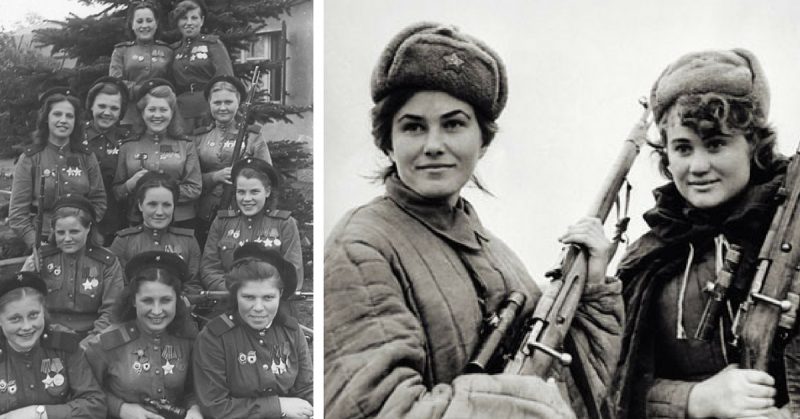During the Second World War, the USSR used more women in combat than any other country. Among them were hundreds of remarkable snipers.
Soviet Snipers
Snipers played an important part in Soviet military doctrine during World War Two.
From the late days of the First World War, a form of combat emerged that put the emphasis on short-range firepower. Machine guns and semi-automatic weapons provided plentiful hitting power but with more limited range and accuracy. Much of the shooting happened up close.
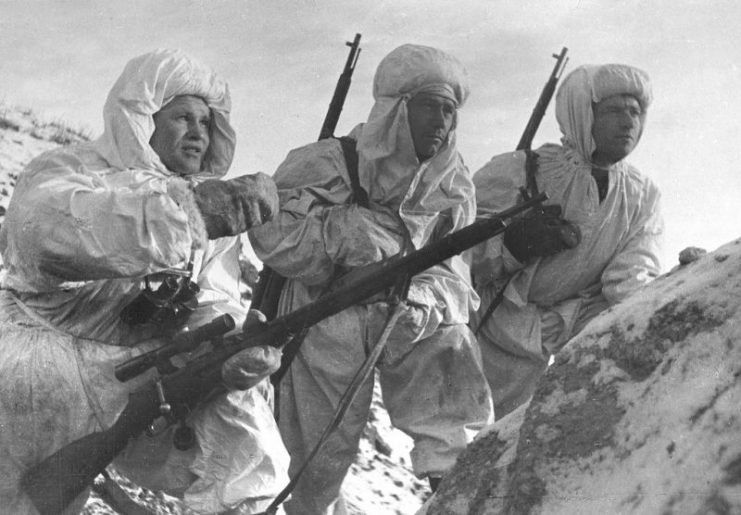
But Soviet military thinkers saw an important role for specialist long-range snipers. They could pick off targets of opportunity, especially leaders. Field officers and NCOs were hard to replace during a war so taking them out seriously undermined the enemy.
Under the oversight of Marshal Kliment Voroshilov, the USSR started purposefully developing its sharpshooters during the 1930s. They proved invaluable following the German invasion of 1941. For the next two years, with the Soviets on the defensive, they were able to pick off German officers advancing through the Soviet Union, seriously impairing the Nazi advance.
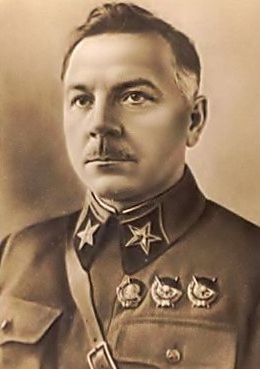
Calling Up Women
Industrialized global warfare, as seen during the World Wars, called for the involvement of massive numbers of human beings. At the time, most societies were still starkly divided along gender lines, with certain jobs being seen as solely for men and others for only women. When they started running out of men to join the military, many nations began employing women in supporting roles, from producing ammunition to nursing to administering military bases.
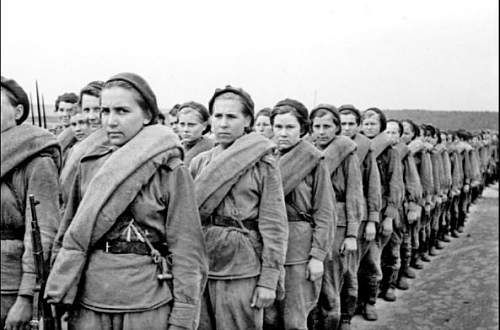
The Soviets went further, calling upon their young women not just to support the soldiers but to join the fight. Around a million women fought in various branches of the Soviet military. Some nursed and supported, as in other countries, but others drove tanks, operated machine guns, and flew fighter planes.
2,484 of them became snipers. Of those, only around 500 survived the war.
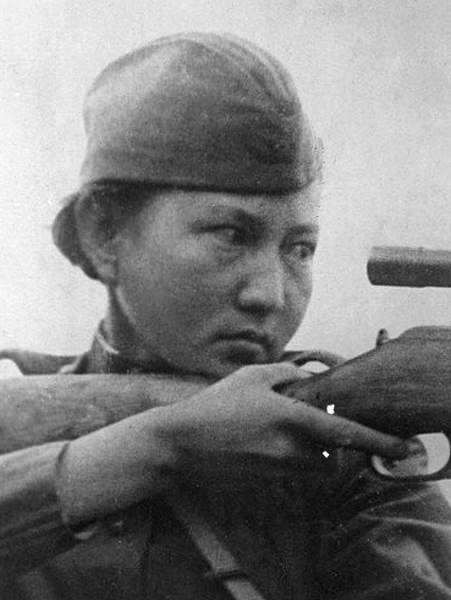
Weapons
The main weapon of the World War Two Soviet sniper was the Mosin-Nagant rifle. Since its introduction in 1891, many variations on this bolt action rifle had been produced. Most snipers used a specialist version with an optical sight.
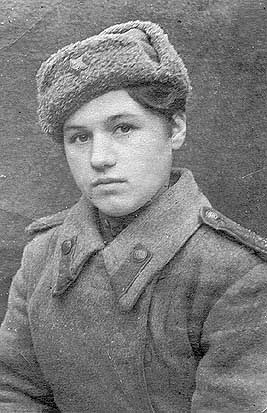
The rifles used by the snipers were hand-picked for their accuracy and quality. They were fitted with optical scopes, including a model adapted from a German design. This was a weapon specially selected to be both accurate and reliable.
In 1940, the army tried introducing an alternative in the form of the SVT-40 semi-automatic sniper rifle. Unfortunately, this gun proved less accurate than snipers needed it to be. It also had a muzzle flash which could give away a sniper’s location. As a result, the Mosin-Nagant remained the weapon of choice for most Soviet sharpshooters.
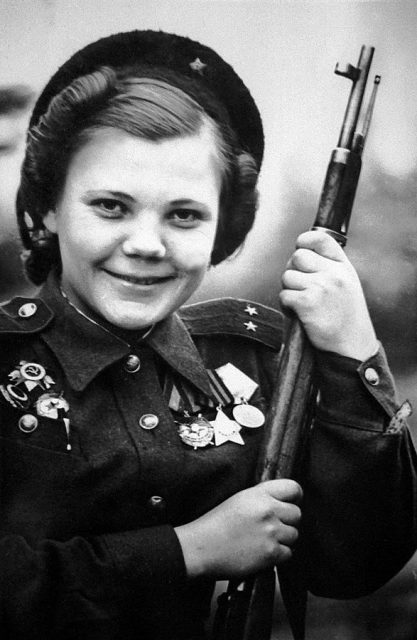
The Female Sniper’s Life
Joining up as a sniper was a strange experience for many women. Though the Soviet army as an institution accepted them, some individuals did not. Families urged their daughters to stay safely at home rather than to fight. Some officers looked down upon the women under their command, not believing that they could be effective combatants. But others were supportive, especially after they saw these women in action.
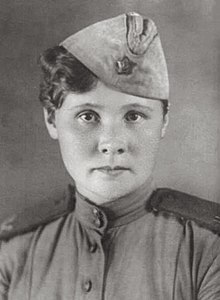
At recruiting offices, women had theirs braids cut off and were put into men’s uniforms, as there were none tailored to fit women. Then they were sent off to train. Some were specially selected for sniping because they demonstrated a skill. In other cases, this was simply the most convenient place to send them. Maria Ivanovna Morozova found herself at a sniper school because it was near where she was stationed.
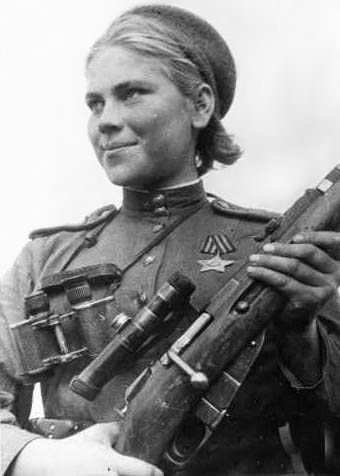
Training was intense but also hurried. The USSR needed to get troops to the front to counter the German invasion. The women trained as snipers soon found themselves on the front, often hunting their prey amid cities ruined by siege.
Snipers usually worked in pairs. Together, they found a place to hide away from the main Soviet forces. There they lay concealed by scenery and camouflage, watching for an opportunity. When an enemy presented himself, they would try to take him down with a single shot to the head. Then they would wait patiently again for their next target, silent and still, or move on if they believed they were in danger.
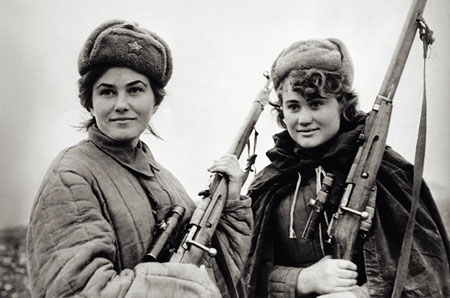
Sometimes, snipers dueled, hunting each other through the cities. Sasha Shliakhova, who killed many German soldiers, died after her red scarf gave her presence away to an enemy sniper.
Lyudmila Pavlichenko
Perhaps the most remarkable of these women was Lyudmila Pavlichenko, one of the deadliest snipers in military history.
Born in the Ukraine, Pavlichenko moved to Kiev in 1930 at the age of 14. There she joined a local shooting club, learning the skills that would prove vital in the war. By the time the war started, she had married, had a child, divorced, and studied for a masters degree in history.
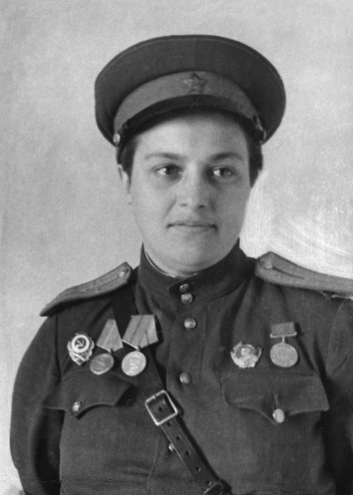
When war came in 1941, Pavlichenko was among the first wave of volunteers to join the army. She was in the field as a sniper from August 1941 to June 1942, fighting in Odessa and Sevastopol. During those 11 months, she racked up a remarkable 309 confirmed kills, including 36 enemy snipers.
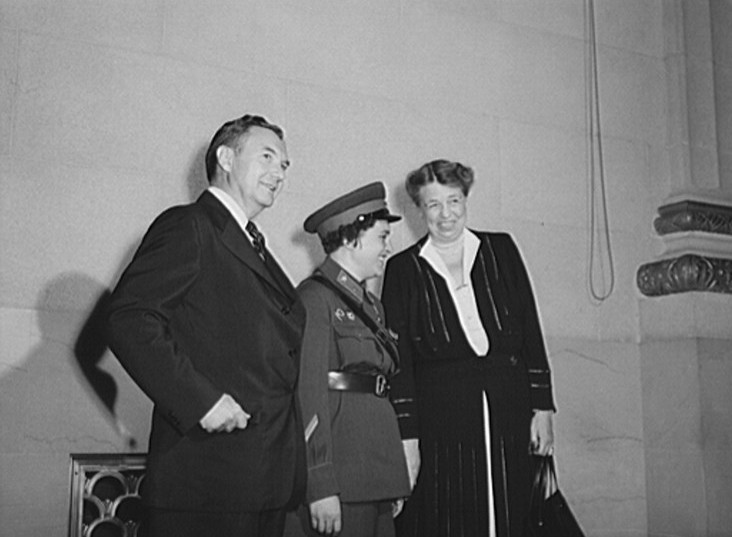
After being wounded by mortar fire, Pavlichenko was withdrawn from combat. She had become famous through news stories around the world, and so was sent abroad to raise funds for the Soviet Army. She was promoted to the rank of major. On her return to the USSR, she was employed training other snipers, passing on her skills and experience.
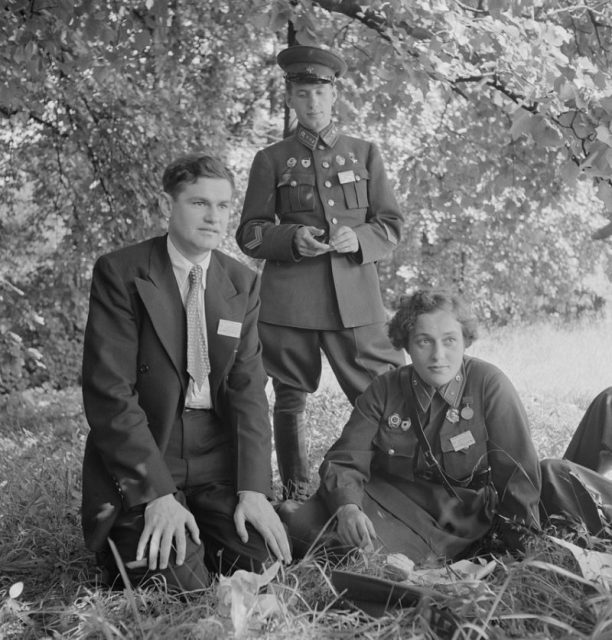
Pavlichenko was the most successful of the female Soviet snipers, but she was just one among thousands, an extraordinary group of women who overcame the prejudices of male counterparts to help bring their nation victory.
